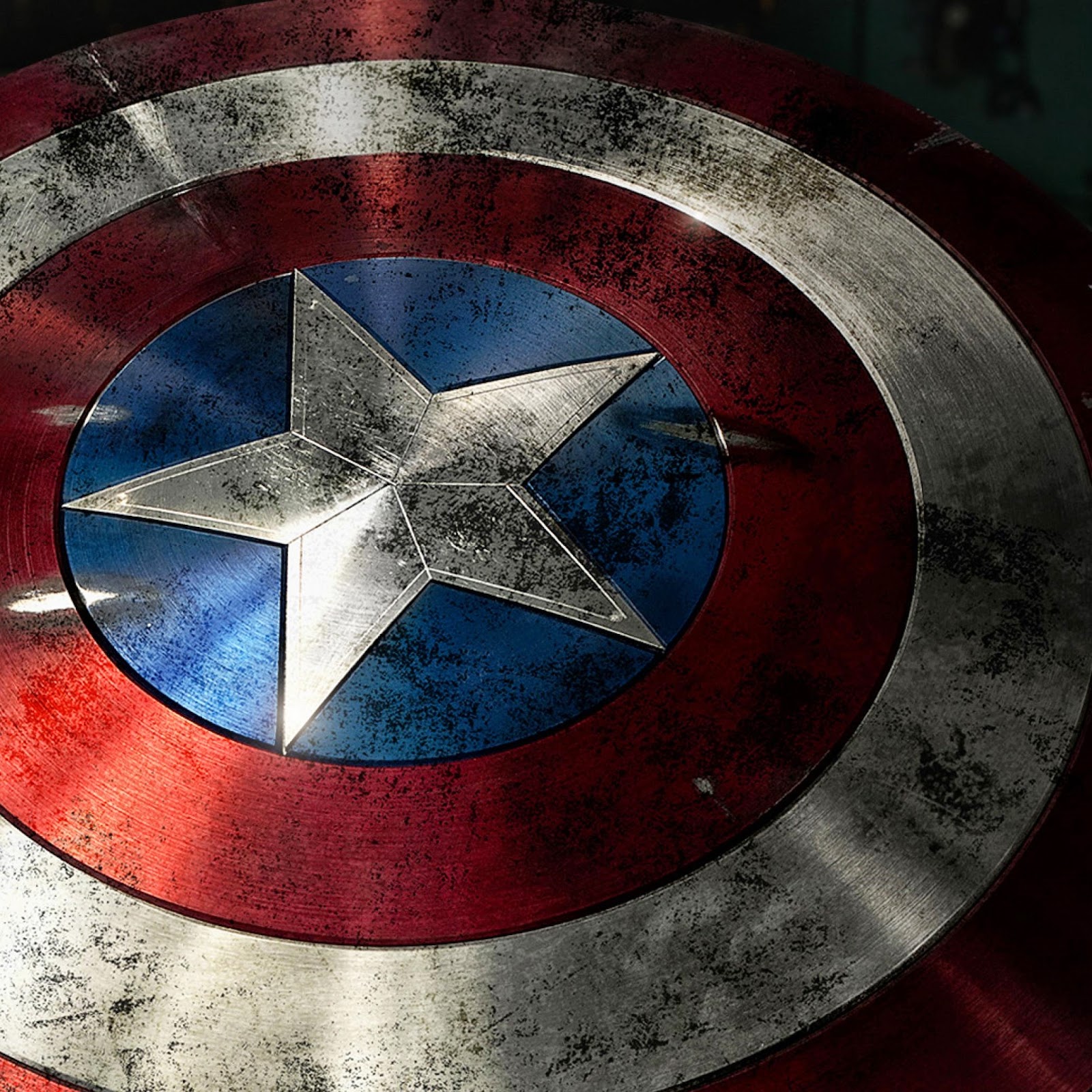Throughout
the first century and a half of this nation’s history, Americans from East to
West believed that the United States should not be involved in the quarrels of
the rest of the world. Regarding
alliances such as the one FDR maintained with Churchill, Thomas Jefferson wrote in a letter to Elbridge Gerry in 1799, “I am not for linking ourselves by new
treaties with the quarrels of Europe, [or] entering that field of slaughter to
preserve their balance.” George Washington expressed similar
sentiments in his 1796 Farewell Address:
…a passionate
attachment of one nation for another produces a variety of evils. Sympathy for a favorite nation, facilitating
the illusion of an imaginary common interest in cases where no real common
interest exists, and infusing into one the enmities of the other, betrays the
former into a participation in the quarrels and wars of the latter, without
adequate inducement or justification. It
leads also to concession to the favorite nation of privileges denied to others,
which is apt doubly to injure the nation making the concessions; by unnecessarily
parting with what ought to have been retained; and by exciting jealousy,
ill-will, and a disposition to retaliate, in the parties from whom equal
privileges are withheld.
Consider
the true narrative of Pearl Harbor through the lens Washington provides. FDR clearly had a “passionate attachment” for
Great Britain in general and Winston Churchill in particular; while the U.S.
may have possessed some interests in common with Britain, the U.S. was not
touched by the war until FDR united with Churchill. Additionally, FDR’s “concession…of
privileges” to Britain through the Lend-Lease Act was a primary factor in the
frustration of Japan, and therefore certainly led to the injury of this nation.
It
is necessary to point out that our Founding Fathers were not advocating strict
isolationism—they did not believe the United States could or should operate in
a vacuum. Their ideology is best
referred to as “noninterventionism,” and was succinctly explained by Jefferson
in the same letter: “I am for free commerce with all nations; political
connection with none.” World War II was not the first time the
United States deviated from this noninterventionist path: Jefferson
himself waged war against the Barbary Pirates in the Middle East, and the United
States was victorious over Britain in the War of 1812, but resolution of both
of these conflicts was necessary to avert direct threats against the United
States. Between 1812 and 1917, when the
U.S. entered WWI, there was a long period during which the United States
retreated to the shadows of the world stage.
In the 1930s, the burden of the Great Depression joined forces with
the horrific memory of World War I to push American policy and public opinion
back toward noninterventionism;
this is why Churchill and FDR found it so difficult to pull the nation out of its shell and into World
War II.
 |
| From the 2014 release, Fury |
During
and since the Cold War the U.S. embraced the reputation it gained during World
War II for being a global police force, completely contrary to noninterventionist
ideals. U.S. attempts to limit Soviet
influence, combined with obligations to a multitude of allies, resulted in U.S.
involvement in the Korean War in 1950-53, the 1953 Iranian coup d’etat (after
which the U.S. handed power to Saddam Hussein), the Six-Day War in the Middle
East in 1967, the Vietnam War that racked the 1970s, Operation Cyclone (the
program that armed and financed the anti-Soviet resistance in Afghanistan) from
1979 to 1989, the Gulf War to drive Iraqi forces from Kuwait in 1990-91, and involvement in Bosnia and Kosovo in the late 1990s. Whether or not each of
these interventions was justified is a separate discussion; the problem lies in
the fact that in each case the president followed FDR’s lead and acted without
a constitutional, Congressional declaration of war. In response to FDR’s passionate “Day of
Infamy” appeal, Congress formally declared war on Japan, Germany, Italy,
Bulgaria, Hungary, and Rumania in succession, but there has not been a formal declaration of war by the U.S. Congress since WWII.
 |
| The Syrian Civil War |
America used to stand tall as a shining city on a hill, with the flame of liberty burning high atop the Statue of Liberty; now the torch is turned against our Asian, European, and Middle Eastern neighbors, lighting fires of crisis and controversy around the world. The
impact is clear: a deadlocked federal government, broken social security and
healthcare systems, a struggling economy, a $17 Trillion national debt, and a
deeply divided nation. Faulty
international policy is not singlehandedly responsible, but as far as Pearl Harbor
is concerned, we can name FDR as a key culprit: he took on devious methods to
achieve questionable ends, and thereby gave a definitive push to the rolling
ball of international politics that has since increased in size and momentum
proportionate to U.S. interventionism. December
7, 1941 was an infamous day indeed.
The author does not claim the rights to any of the images in this post.


























